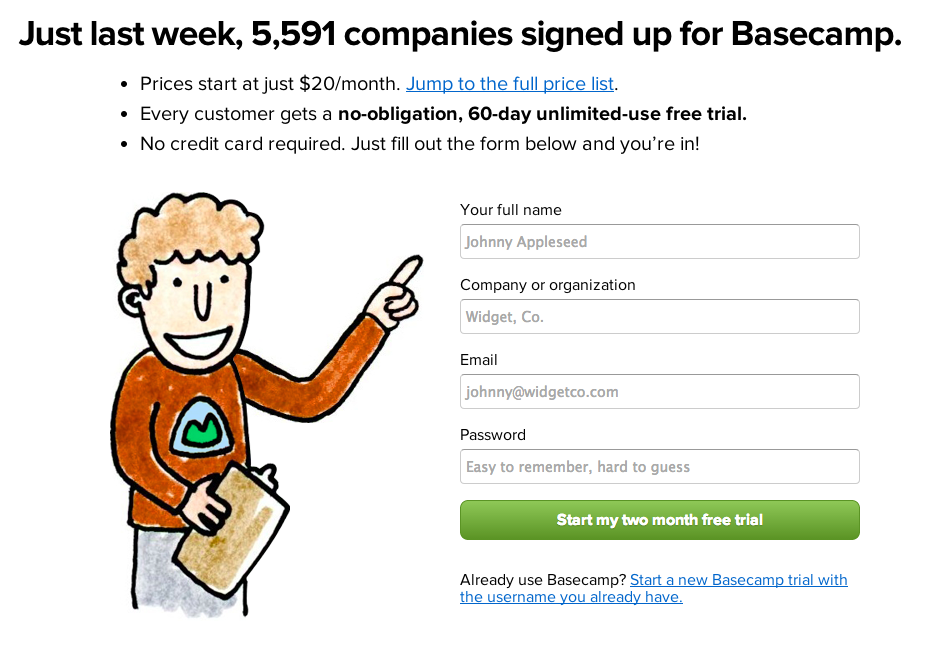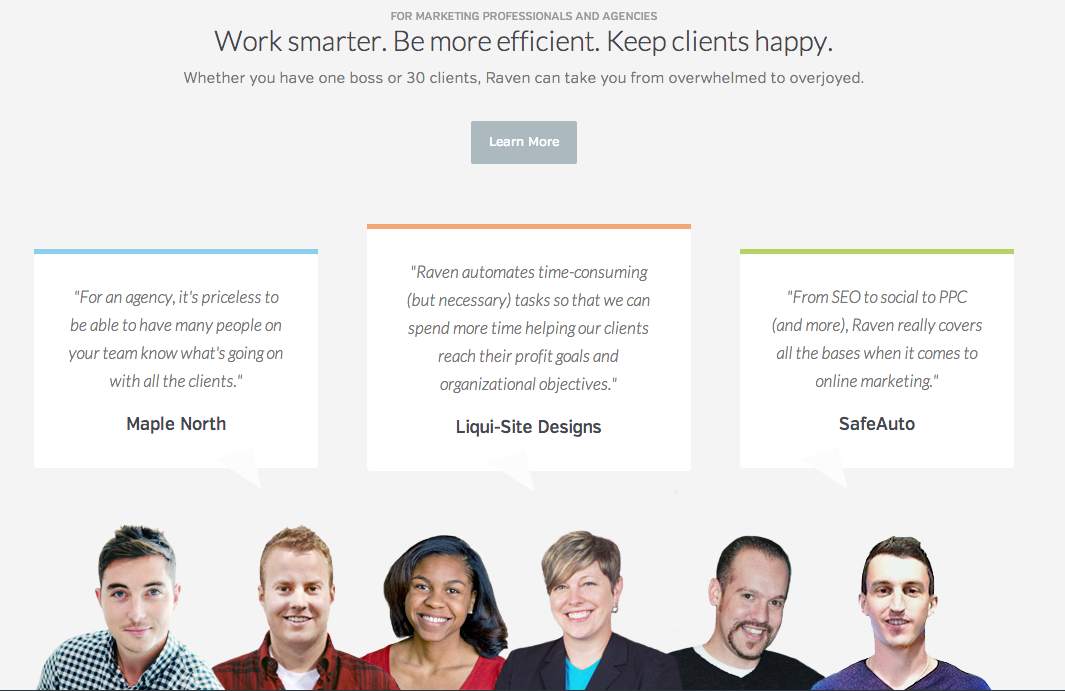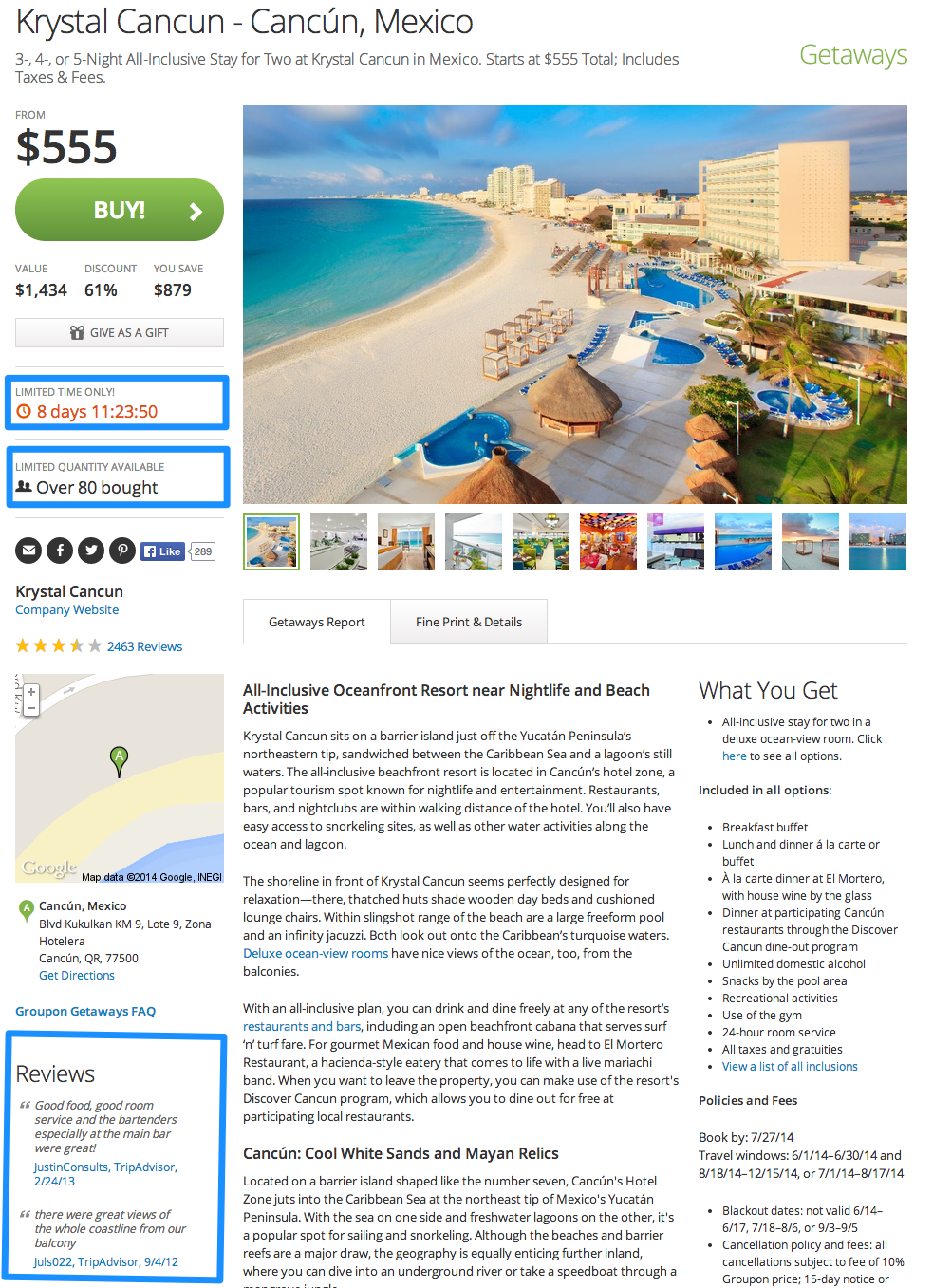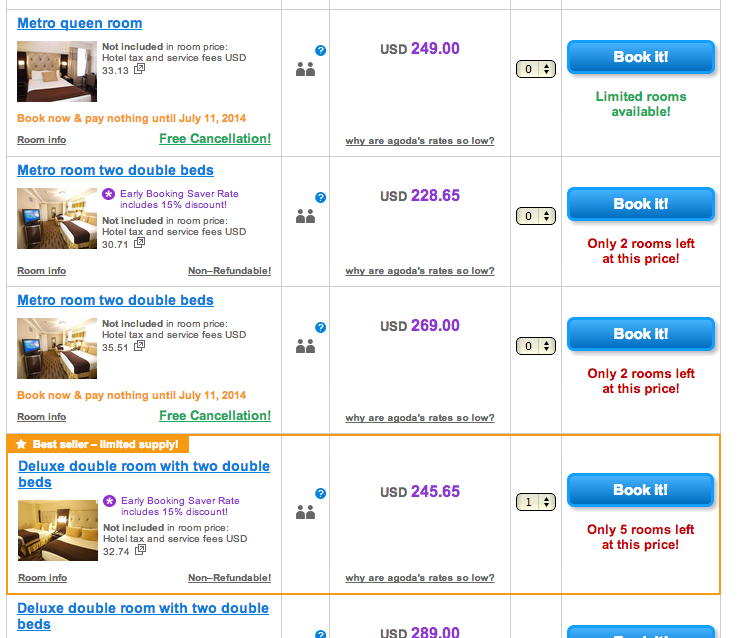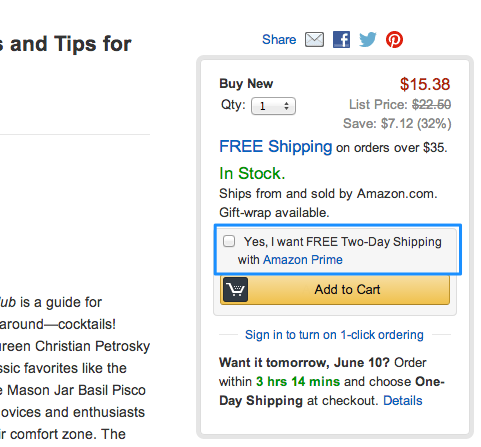For companies looking to drive business online, lots of time and money is invested in lead generation. But what do you do when the leads start flowing in?
Though leads follow up may sometimes look daunting, successfully following up on a lead and starting the process that will take it to a sale doesn't have to be a trying and disappointing process.
Here are seven tips for following up on leads effectively.
1. Strike while the iron is hot.
In many cases, a lead is an asset that depreciates in value very, very quickly. Thus, it's worth trying to respond to qualified leads as soon as humanly possible. This is because your response time will often determine whether you close a sale or lose a sale you could have easily closed.
COMMON SENSE: it's important to read a lead so that you know who you're dealing with and what your opportunity may be. But the FACT: this doesn't always happen.
To avoid looking unprepared or taking things for granted, it is a tremendous help to create a checklist that your inbound marketers should use as part of the lead follow-up process.
3. Have the right (and preferably same) person respond and follow through from the get go to establish rapport.
To make the most of a lead, ensure that the person best capable of following up on it is the same person who responds. While new prospects may necessarily have to deal with several people throughout the sales cycle, it is often desirable to ensure that their first point of contact is someone they can start to build a rapport, if not a relationship, with.
4. Don't be afraid to pick up the phone
Thanks to technology, phone calls are more and more infrequent for many individuals, especially to younger members of the workforce. However, the phone is still a powerful sales tool and, if your lead contains a phone number, make a habit of picking up the phone and dialing it.
5. Get on the same page
When speaking with a prospect, walk before you run. Even if your lead came with a lot of detail, it's important to confirm that you have a good understanding of what the prospect needs and haven't made any assumptions that could unnecessarily limit your opportunity, or ruin it altogether.
6. Set expectations and timeframes
In every aspect of sales and business cycles, expectations are everything and it's never too early to set them. If an initial conversation with a lead confirms that there's an opportunity, take control. Once you're on the same page with the customer and understand his/her needs, you should at a minimum lay out what you think the sales cycle will look like. This includes proposing dates for key milestones.
7. Always respond
Not all leads are created equal. Some, unfortunately, are less-than-desirable for a variety of reasons. Nevertheless, assuming that the individual who submitted the lead is a real person, a response should always be provided no matter what. Not only can this help maintain your reputation in the marketplace, it also ensures that you will be remembered for future opportunities that may be a better fit.

